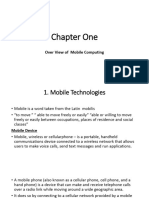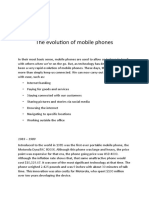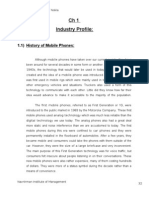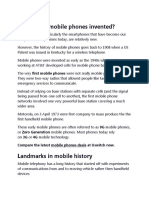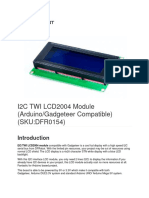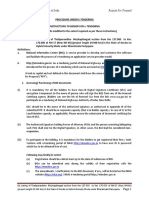0% found this document useful (0 votes)
195 views10 pagesMobile Tech Evolution for Students
This document provides a history of mobile devices and their evolution over generations from the 1940s to present day. It discusses the transition from early mobile telephone services with operators to 1G analog cellular networks to 2G digital networks. 3G networks enabled widespread mobile internet access and smartphones. 4G networks provide faster connections similar to home internet. The document also defines smartphones as more advanced phones with additional software compared to basic phones, and traces the emergence of smartphones from early PDA-like devices in the 1990s to modern smartphones led by the iPhone in 2007. Tablets are defined as touchscreen computers between smartphones and laptops in functionality.
Uploaded by
Rheden GimenaCopyright
© © All Rights Reserved
We take content rights seriously. If you suspect this is your content, claim it here.
Available Formats
Download as DOCX, PDF, TXT or read online on Scribd
0% found this document useful (0 votes)
195 views10 pagesMobile Tech Evolution for Students
This document provides a history of mobile devices and their evolution over generations from the 1940s to present day. It discusses the transition from early mobile telephone services with operators to 1G analog cellular networks to 2G digital networks. 3G networks enabled widespread mobile internet access and smartphones. 4G networks provide faster connections similar to home internet. The document also defines smartphones as more advanced phones with additional software compared to basic phones, and traces the emergence of smartphones from early PDA-like devices in the 1990s to modern smartphones led by the iPhone in 2007. Tablets are defined as touchscreen computers between smartphones and laptops in functionality.
Uploaded by
Rheden GimenaCopyright
© © All Rights Reserved
We take content rights seriously. If you suspect this is your content, claim it here.
Available Formats
Download as DOCX, PDF, TXT or read online on Scribd
/ 10







